How Much Does It Cost To Paint A Car?
The cost of applying paint to a vehicle can range from $500 to $50,000. The cost varies greatly because the amount of work required to apply paint also varies greatly. Also, there are several questions that need to be answered to determine a final cost:
- Does the vehicle need a lot of preparation work?
- Does the paint that’s being applied require special skills or expertise?
- Will the paint be applied by an expert, or someone inexperienced?
- Is the paint purchased directly from the manufacturer, or marked up three times before you buy it?
In this article, we break down the areas where costs are added: Prep work; Who is painting your vehicle; Where it’s being painted; The cost of the paint itself. We’ll also offer some tips on saving money and choosing the right paint professional.
Cost #1 – Prep Work
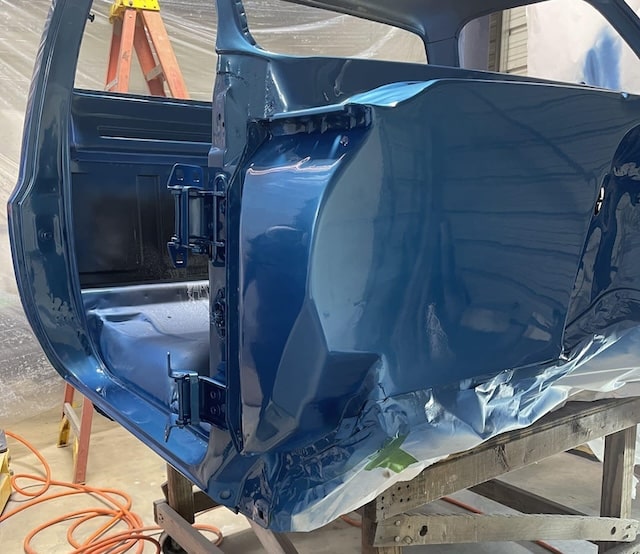
The time and effort spent preparing a vehicle for paint is known as “prep work,” and it’s the first vehicle painting cost to consider. Every vehicle is different, so prep work will differ from one project to the next.
Prep work falls into three categories:
- Removing old paint from the vehicle
- Repairing rust, body damage, dents, and dings
- Applying the appropriate primer(s) to get the car ready for the paint color
If you have an older vehicle that requires a lot of rust repair, you might spend $10,000 on prep work. If you have a newer vehicle without rust, dents, or dings, prep work could be less than $1000.
Also, depending on your vehicle, it may be difficult to estimate what prep work is needed until after the project begins. In some cases, a paint professional will charge you to evaluate your vehicle and provide an estimate.
Pro Tip: Prep work has a big impact on the final appearance of your vehicle – almost as much as the paint selection. It’s a good idea to invest in quality prep work if you want the best outcome.
Cost #2 – Who Is Painting Your Vehicle?
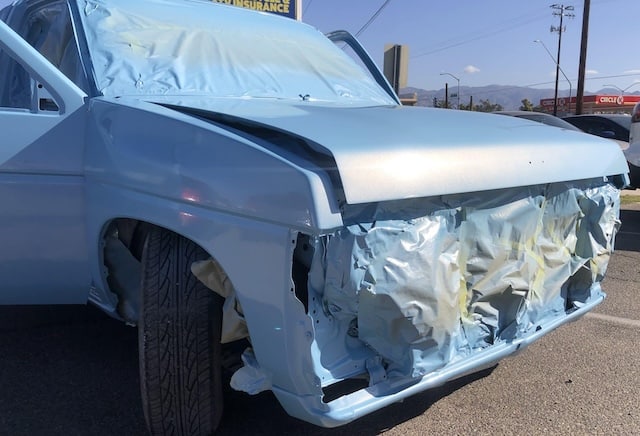
A large or established body and restoration shop will typically charge more to paint a vehicle than a smaller or newer shop. And individuals who do paint and body work “on the side” can charge even less than someone working out of a shop.
When choosing a shop, it’s important to remember that you can’t tell much about a shop by looking at it – high quality paint professionals are everywhere.
To find a good automotive paint technician:
- Talk to people in local car clubs and at local car shows about who they hired for paint work
- Check online reviews
- Ask for references, ideally from people with a similar vehicle and/or similar goal
In terms of cost, most vehicle paint application estimates will show a labor rate and time for “paint application.”
- The shop labor rate for a paint technician can range from $75/hour up to $200/hr, depending on their experience and skill.
- Labor times can vary greatly, but an industry average for a vehicle repaint is about 16 hours. Bigger or more complex projects will be longer than average, simple repairs will be shorter.
NOTE: Beware companies that advertise extremely low cost paint jobs. Most of the lowest cost paint jobs involve very little prep work. Your mileage may vary, but if the advertised price for a paint job sounds too good to be true, it probably is.
Cost #3 – Where Is Your Vehicle Being Painted?
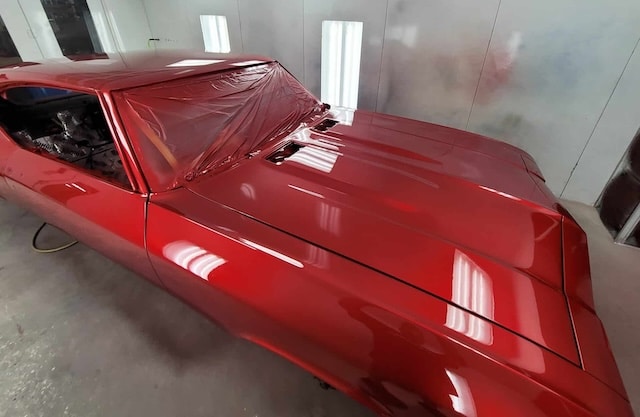
Because labor is the largest cost in a vehicle paint project, having your vehicle painted in an area with lower labor costs can help your wallet. Shipping your vehicle to a different city or state can help you save, even if it’s not particularly convenient.
Additionally, some cities and states have more body and restoration shops than others. More competition often means lower prices. And the opposite is also true – areas with strict regulations can have fewer shops and higher prices.
To save money, it may make sense to talk to paint professionals in different cities or states. Of course, whatever savings you find have to be balanced against the time and expense of moving your vehicle. And if you need to go and see your vehicle during the process for some reason, the expense and time of travel will eat into your cost savings as well.
Cost #4 – The Paint You Choose
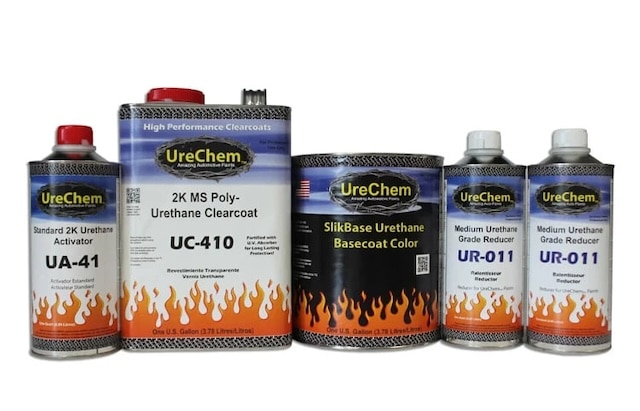
Paint costs vary by paint type, color, and brand. The cost of paint is often a shock to consumers, as it can range from as little as $300 to over $3000. There are a few reasons for this huge cost range:
- Brighter colors cost more than a standard black or white paint.
- More exotic colors and paint types – like chrome paint, chameleon, or three stage candy – will cost even more than bright color paint.
- Many automotive paint brands spend a lot of money on advertising and marketing, and all those costs are passed onto the consumer. If you see your paint brand sponsoring a race car or in a magazine ad, those costs are in the paint.
- Most importantly, automotive paint is usually marked up three times. First, paint is marked up by the manufacturer. Then, paint is marked up by a distributor who buys it from the manufacturer and warehouses it. Finally, paint will be marked up by the body and restoration shop. These three levels of mark-up can often double the cost of automotive paint (and in some cases triple the cost).
We know we’re biased, but we recommend buying paint directly from the manufacturer. You’re all but guaranteed to save hundreds or thousands of dollars buying direct.
Our site, for example, is the factory outlet for high quality UreChem brand paint. UreChem paint has been around for nearly two decades. UreChem meets or exceeds the performance of name brand paint and is Made In The USA. UreChem brand paint is typically 1/3rd the price of the market leading brands like PPG, Axalta, Glasurit, Diamont, Sikkens, Spies Hecker, and House of Kolor.
UreChem durability tests all of their paint, using accelerated weathering testing equipment to simulate seven years of high humidity and UV exposure over a few weeks. Every UreChem paint formulation is sprayed on a test panel, placed in the testing device, and then evaluated several weeks later. UreChem paint is tested and retested until it meets the highest standards for quality.
Vehicle Paint Cost Myths
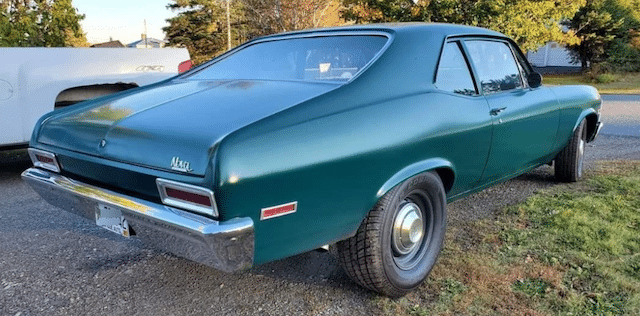
No discussion of vehicle paint costs would be complete without addressing some common myths.
- MYTH: “Single stage paint is less expensive to apply.” Some people assume that multiple coats of paint cost more to apply than one single coat of paint. While this seems logical, single stage paint is often more difficult to apply than two stage paints. Usually, a single stage paint application will require more overall time than a base and clear coat application. So, before purchasing single stage paint, it’s a good idea to talk to your paint technician.
- MYTH: “Candy paint is very expensive.” While candy paint can be expensive, our two stage urethane pearlized candy paint kits offer most of the benefits of a traditional candy paint at a much lower application cost.
- MYTH: “You get what you pay for.” You don’t have to buy the most expensive brand of paint to get a great paint job, just like you don’t have to hire the most expensive shop to paint your vehicle. We suggest checking the reviews of the paint you’re looking at to find good value (and here are our reviews for reference).
- MYTH: “I have to buy factory paint colors from the big name brands.” Several paint companies – including UreChem – will produce factory paint colors on request. This way, you don’t have to buy paint from the big corporations that work with the automakers and charge top dollar. To request a factory color, visit our site here.
Summing Up
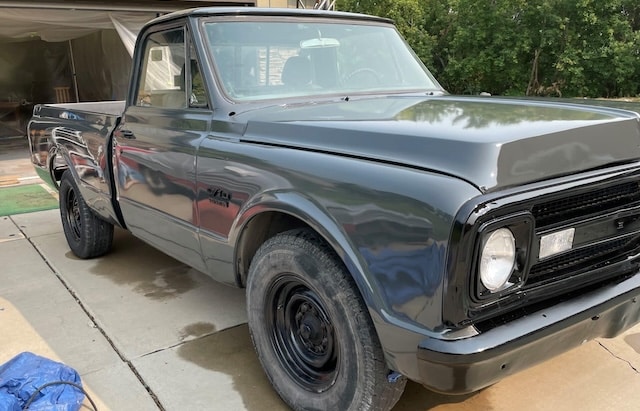
Getting your vehicle painted can cost anywhere from a few hundred dollars to tens of thousands of dollars. If you want to minimize your vehicle paint costs:
- Choose white or black as your paint color
- Buy paint direct from the manufacturer (no middlemen means no extra mark-up)
- Consider working with a shop in a different city or different state
Also, there’s no reason to assume that lower cost paint jobs will be lower quality. Spending a little bit extra on prep work can pay big dividends in quality, for example, without blowing up the budget.
Likewise, working to find a quality painter is most important. Check reviews, talk to local enthusiasts, and ask for referrals. Just like paint, the best quality shops aren’t always the most expensive shops.
